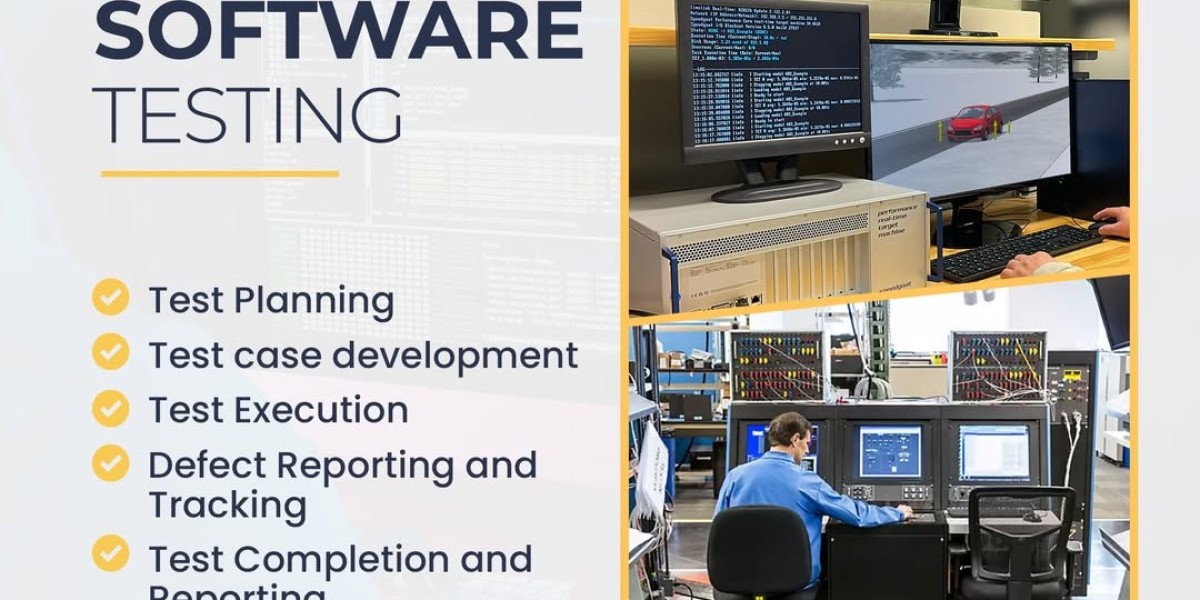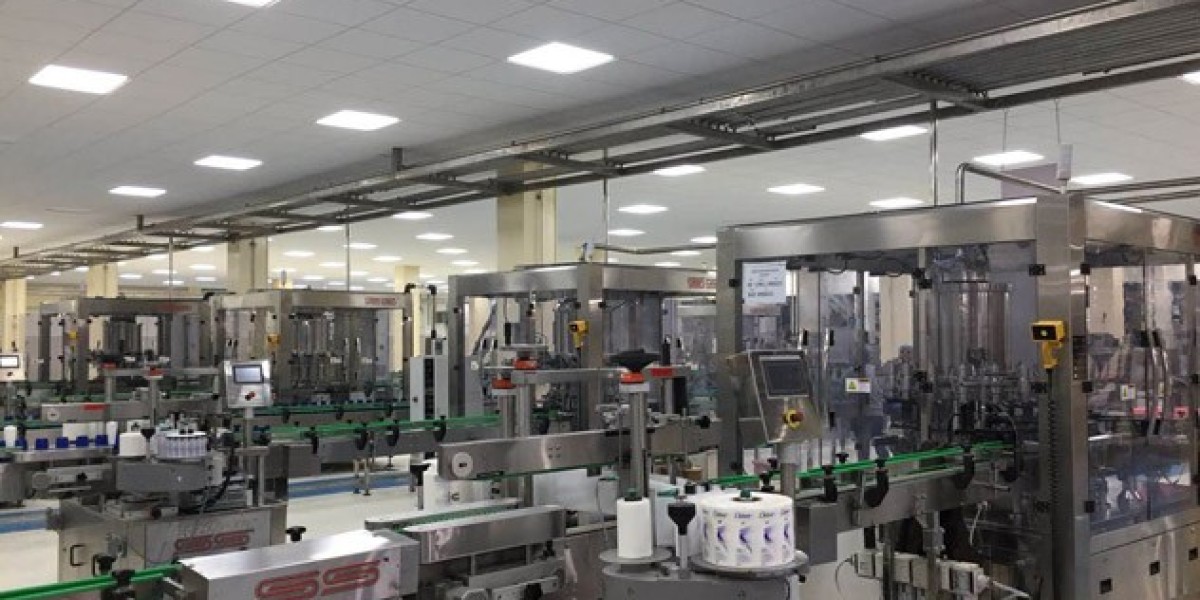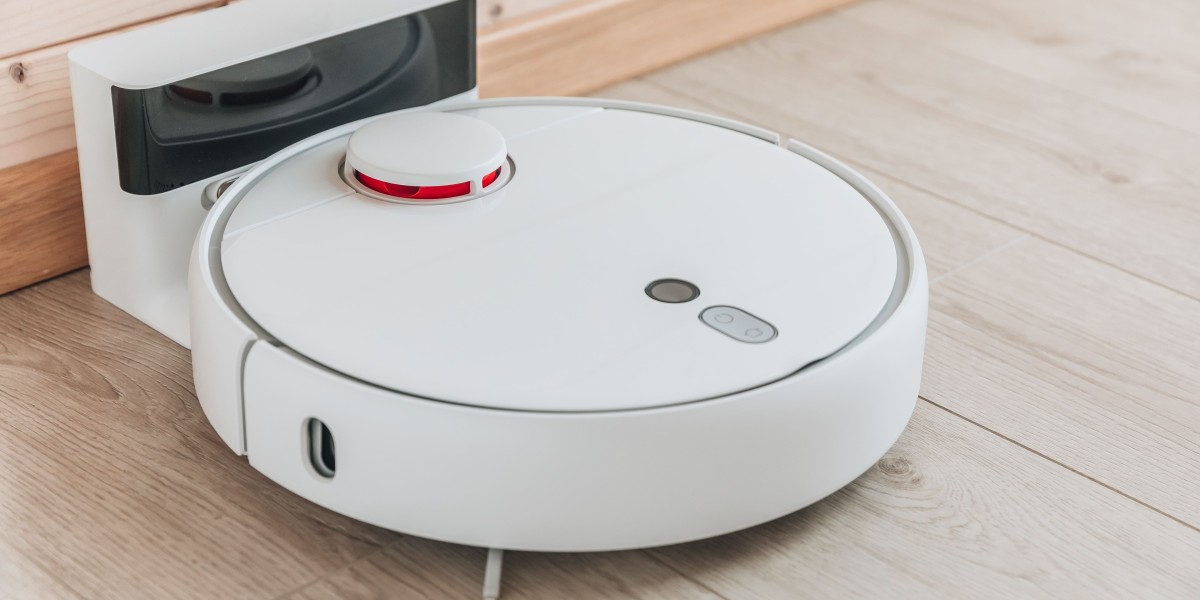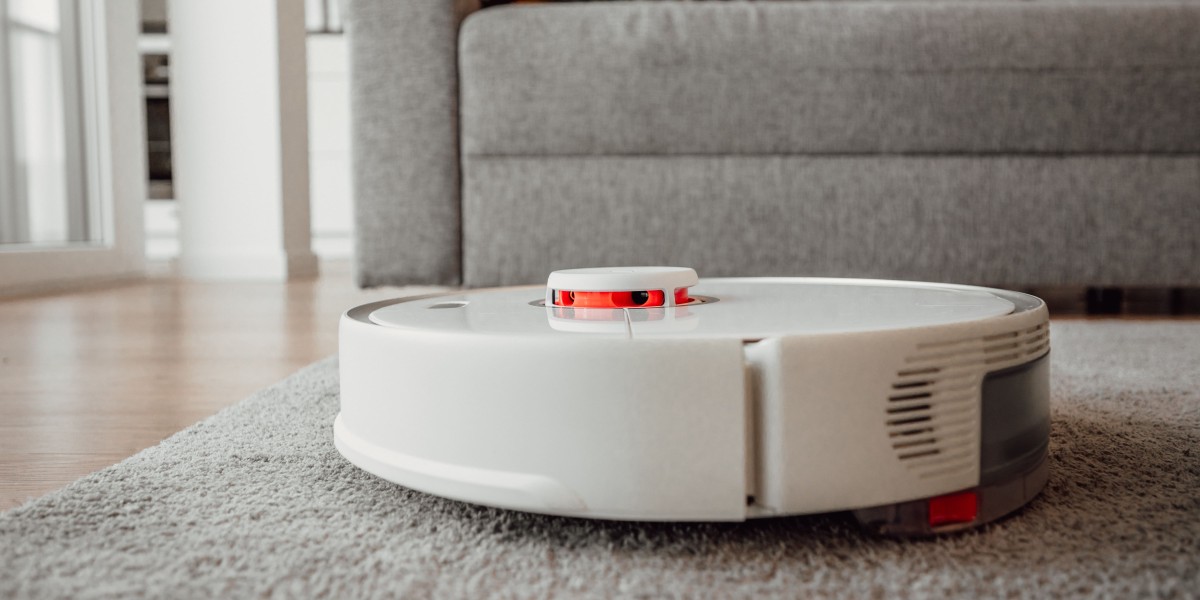In today’s fast-evolving technological landscape, where embedded systems govern critical functions in industries such as automotive, aerospace, industrial automation, and renewable energy, robust and reliable software testing has become essential. One of the most effective and sophisticated methodologies to test complex embedded control systems is Hardware-in-the-Loop (HIL) testing. HIL testing serves as a bridge between model-based development and real-world deployment, enabling engineers to simulate and validate hardware responses in a controlled environment long before actual hardware is fully integrated.
What is HIL Software Testing?
Hardware-in-the-Loop (HIL) software testing is a technique used to test and validate embedded systems by integrating real hardware components into a simulated environment. In a HIL setup, the control system (typically software or hardware like an ECU – Electronic Control Unit) is connected to a test system that simulates the rest of the environment. The goal is to create real-time feedback between the simulated plant model and the hardware controller.
For example, in automotive development, an HIL system can simulate the entire vehicle (including engine, sensors, and actuators) while the real ECU hardware is being tested for accurate responses to various conditions, such as speed, temperature, and pressure.
Key Components of HIL Testing
Real-Time Simulation Engine: A powerful computer or platform runs plant models (e.g., vehicle dynamics, flight systems, or industrial machines) in real time.
I/O Interfaces: These hardware modules handle analog, digital, communication bus, and PWM signals to connect the physical hardware (controller) to the simulation.
Device Under Test (DUT): The actual hardware or embedded controller being tested.
Test Automation Software: A platform that runs test scripts, logs results, and generates reports. It can simulate fault conditions, parameter variations, and test cases automatically.
Communication Protocols: Integration with CAN, LIN, EtherCAT, or Modbus to accurately emulate real system conditions.
Benefits of HIL Software Testing
1. Early Detection of Design Flaws
HIL allows testing to begin much earlier in the development process, even before the final physical prototype is ready. This significantly reduces the risk of costly errors and design flaws that may otherwise go unnoticed until late stages.
2. Cost-Effective Validation
Instead of building multiple physical prototypes, simulations provide an economical alternative. HIL setups are reusable and scalable, which helps cut development costs while increasing testing depth.
3. Improved Safety and Risk Management
Testing fault conditions or extreme scenarios (such as a brake failure in a car or high turbulence in an aircraft) is dangerous and difficult in real life. HIL allows such tests to be performed safely and repeatedly without risk.
4. Accelerated Development Cycle
By validating controller performance in parallel with ongoing design work, HIL reduces time-to-market. Engineers can run multiple test cases in a fraction of the time required for field testing.
5. Increased Test Coverage and Repeatability
Automated testing in HIL environments ensures comprehensive coverage across all operating conditions, with consistent and repeatable test results for better analysis and debugging.
Applications of HIL Testing
Automotive
Engine Control Units (ECU)
Advanced Driver Assistance Systems (ADAS)
Battery Management Systems (BMS)
Electric Vehicle (EV) powertrain simulation
Autonomous vehicle systems
Aerospace
Flight control systems
Avionics
Satellite subsystems
Industrial Automation
PLCs (Programmable Logic Controllers)
Robotics and motion control
Smart grid systems
Renewable Energy
Wind turbine control
Solar inverter systems
Power electronics validation
HIL vs. SIL vs. MIL
Model-in-the-Loop (MIL): Testing occurs at the model level, validating control algorithms without any hardware.
Software-in-the-Loop (SIL): Involves running compiled code on a PC or simulator to test the embedded software logic.
Hardware-in-the-Loop (HIL): The real embedded hardware is introduced into the simulation loop to validate system integration and real-time responses.
Each stage builds upon the previous one, with HIL offering the closest approximation to real-world performance before field testing.
Challenges in HIL Software Testing
While HIL offers immense value, it also comes with its challenges:
High Initial Setup Cost: Developing a full HIL environment involves investment in real-time simulation hardware and I/O systems.
Model Accuracy: The fidelity of simulation models is critical. Poorly modeled plants can lead to misleading test outcomes.
Complex Integration: Incorporating multiple communication protocols, sensors, and actuators requires careful configuration and expertise.
Maintenance and Scalability: Keeping models and hardware synchronized with evolving system designs requires consistent updates and validations.
Future of HIL Testing
As systems become more software-defined and connected (e.g., IoT, autonomous systems, smart cities), the demand for real-time testing will increase. Emerging trends include:
Cloud-Based HIL Testing: Enabling remote simulation and data analysis.
AI-Driven Test Automation: Leveraging machine learning to generate intelligent test cases and predict failures.
Virtual HIL (vHIL): Fully simulating both controller and plant models in a virtual environment for parallel testing.
Conclusion
HIL software testing by Servotechinc is an essential pillar in modern embedded system development. It reduces risk, lowers costs, and ensures greater reliability of mission-critical applications. By offering real-time simulation and interaction with actual hardware, HIL bridges the gap between design and deployment, making it an indispensable tool for engineers across domains.
As industries move toward smarter, safer, and more efficient systems, HIL testing continues to evolve—offering even more powerful ways to validate complex embedded solutions long before they go into production.








